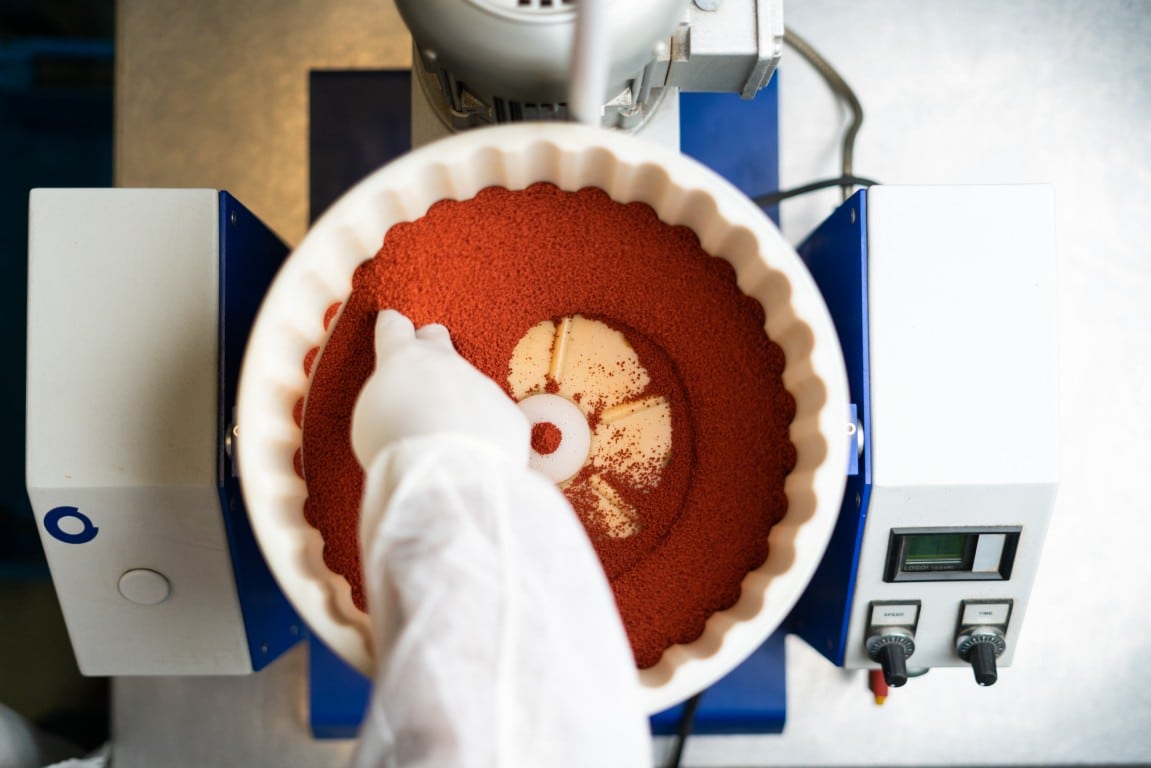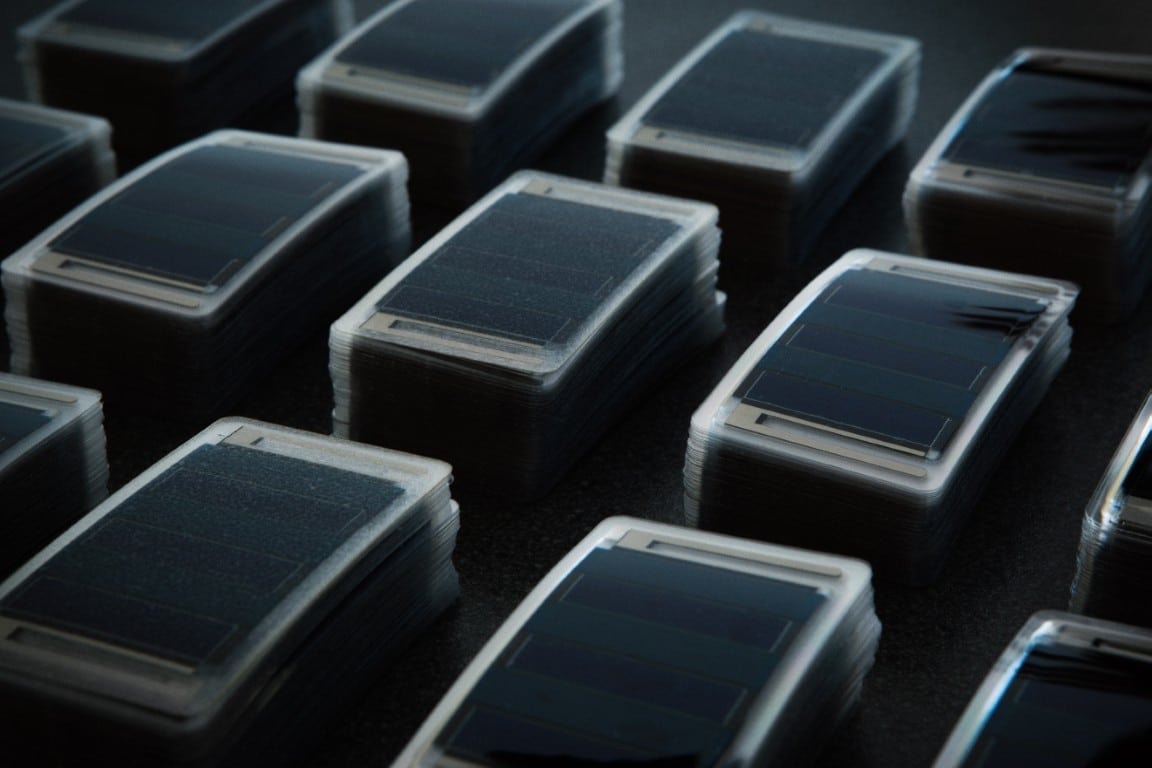Impact
Artwork kept under wraps at London’s Tate Britain and Tate Modern will be showcased using new 3D printing technology that can bring old masterpieces back to life.
From this spring, art lovers will be able to view copies of paintings locked away in Tate’s storage facilities in London, thanks to a new state-of-the-art 3D scanning and printing system developed through a Eureka partnership.
“Swinging” by Kandinsky, “Mountains of Moab” by Sargent and “Peace, Burial at Sea” by Turner are just some of the works that have been scanned and printed to be sold in printed editions. The prints capture the detail of the original brushwork and colours. They were produced by Canadian company Arius Technology and Océ, a Canon company based in the Netherlands.
According to a BBC report, the Tate has just 20 percent of its collection on display, which is higher than the Louvre’s eight percent and the Guggenheim’s three percent.
Most art is locked in storage facilities due to a lack of space to display works, because they don’t fit with curators’ current visions or because exhibiting them could damage them.
“Our prints can reproduce the colour and texture of the brushwork of a painting by measuring it to ten microns, a tenth the size of a human hair,” says Paul Lindahl, CEO and co-founder of ARIUS Technology. The scanner’s level of detail means that once a painting is on the computer, the image can even reveal signs of deterioration over the years. “We could repair the damage in the digital version, turning back the clock, so that our scan and print could be truer to the original work than the real one today” says Lindahl.
The Tate collaboration is the latest venture unlocked by what proved to be a dream Eureka partnership. Prior to connecting with Océ, Arius was looking for uses for its new 3D scanning technology developed by National Research Canada. The technology had already been used to scan the “Mona Lisa” in 2005 to allow researchers to analyse its condition to better preserve it.
But when Arius met Océ (who had invented an inkjet printing technology to print hundreds of layers of ink on top of each other) new opportunities for fine-art printing opened up. On the Eureka project the pair modified the 3D scanner and invented a supporting robotics system and data processing pipeline to allow a painting to be scanned and printed without the printer and the scanner even needing to be in the same country.
“Our scan and print could be truer to the original work than the real one today” – Paul Lindahl, CEO ARIUS Technologies
The pair took the prototype to the National Gallery of Canada to print copies of works by masters like Monet and Van Gogh. “Those paintings can have brush strokes with thick layers of paint, but they can also have a very tiny structure of cracks, called craquelé,” says Stephan Koopman, of Océ’s strategic planning department. Both are very precisely reproduced thanks to the scanning and printing technology. “Even adding a few tenths of a millimetre to a reproduction makes it much livelier than a flat print.”
At the Mauritshuis in The Hague, where the “Girl With A Pearl Earring” underwent major conservation, the reproduction was displayed in its place while museum-goers watched conservationists at work on the original in an adjacent room.
The two companies intend to launch a service for contemporary artists to allow them to work on a creative platform they call “Elegraphâ„¢” printmaking, where a painter scans his or her work and digitally alters or merges other artistic media, creating unique fine art print editions.
The scanner’s next stop after the Tate was to a Luxembourg storage facility. Insurers want accurate scans of the state of expensive art they are insuring for analysis in the event of a claim. “If you have a 100 million dollar painting, you may not want to hang it over your fireplace,” says Lindahl. “But we can print you one for the office, one for your house and one for your yacht while the original is locked safely away.”
This story is based on two Eureka Network projects.
Through our funding programmes, national/regional funding bodies support SMEs, large companies, universities and research organisations conducting R&D and innovation projects together beyond borders to achieve great results. Learn more about our programmes and discover whether we have a funding opportunity for your organisation.
ARIUS3D (ID: 9910) 01/07/2015-01/01/2017
Project cost: 570,000 euro
Partners: Ucl Consultants Ltd. (university), Conservation By Design (SME), Arius Technology Inc. (SME)
A3D Project (ID: 11670) 01/11/2016-01/11/2017
Project cost: 410,000 euro
Partners: Oce Technologies Research & Development (large company), Arius Technology Inc. (SME)
Got an innovative idea? Explore our funding opportunities designed to support groundbreaking projects and help turn your vision into reality.
Secure the resources you need to bring your ideas to life.
See all open callsThis call is open for all R&D projects, excluding technologies associated with nuclear power and drug discovery.
Find out more

